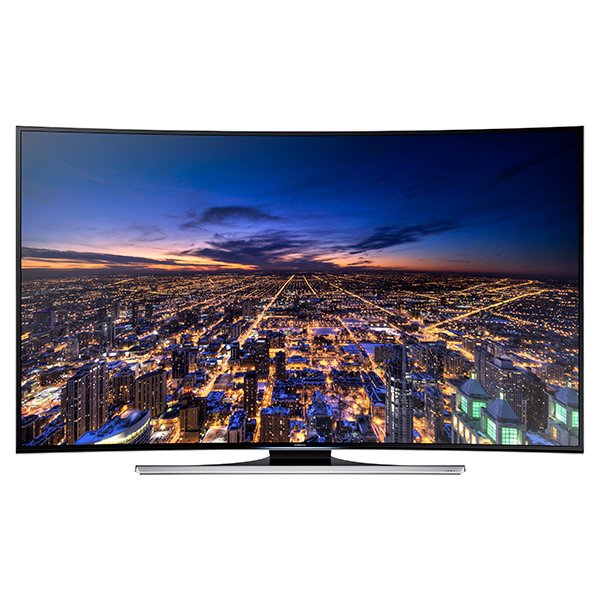 Have you ever been to the theater to watch a movie and noticed that the huge screen is curved slightly rather than a just a flat surface? This is done in order to generate a more immersive experience for the viewer. It also can help those that are sitting on an edge to feel like they are more in the middle. Well, curved screens is all the rage with consumer electronics companies for their high end TVs. But is adding a curved surface to a screen really worth it over a traditional flat screen?
Have you ever been to the theater to watch a movie and noticed that the huge screen is curved slightly rather than a just a flat surface? This is done in order to generate a more immersive experience for the viewer. It also can help those that are sitting on an edge to feel like they are more in the middle. Well, curved screens is all the rage with consumer electronics companies for their high end TVs. But is adding a curved surface to a screen really worth it over a traditional flat screen?
Gotta Be Big
In order for a curved screen to really work with an audience, the screen has to be large. If it doesn’t fill up the viewer’s entire field of vision, then the immersiveness just isn’t there. So, if you are buying a TV of say 50-inches for a large room, having a curved screen is probably going to be a detriment to the viewer rather than a benefit. Part of this has to do with the fact that by curving the screen, the area that the eyes focus on is not as even leading to slight distortions at the edge of the display for the viewer. Those sitting directly in the middle won’t be too affected but those to either side will have the problem more pronounced such that it can cause eye fatigue or even headaches for some when combined with 3D imaging.
Glare Just Got Worse
If you happen to have your TV in a location where bright lights can be on behind the screen while viewing, you are going to experience additional problems watching your TV. You see, glare with a flat set tends to only be a problem as the glare is only reflected to a single area. This means you can move a bit to one side or the other. With a curved screen surface, the range at which that glare will be reflected is increased just like a concave mirror or glass. This isn’t an issue when it is say a room light that can be turned off but if it is sunlight from outside a window, make sure you have good curtains to block the light.
Uneven Picture Lighting
Modern flat screen TVs tend to rely on LEDs behind the LCD panel to provide the light. To get the screens as thin as possible, this often means an edge lighting system. This is fine when you have a flat display as the light can spread out fairly evenly. When you impose a curve into the LCD film, suddenly the light starts having to deal with an uneven material with more surfaces to bounce off of when distributing the light. This leads to a less uniform image brightness when compared to a flat screen.
Increased Costs
Finally, we get to the real disadvantage for most consumers. Manufacturers are charging a premium for the curved screen. This is supposedly because of the increased costs of developing the flexible screens that can be bent into the curve. This is true for pretty much any new technology such as when they starting releasing the high refresh rate panels, improved backlighting and even 3D. But the costs can be pretty dramatic.
Now the cost difference is going to vary by a number of factors. For instance, smaller screens will see less of a price increase than larger screens. Some companies are also adding in additional features on curved models with also adds to the cost over the less feature rich non-curved models. Price increases can be as little as a couple hundred to several thousand depending upon the manufacturer, features and size of the screen as mention.
Should You Get A Curved Display TV?
The simple answer to this question is no. The added benefits are very minimal given the extra costs. Consumers would be better off saving the money or using the savings to purchase a larger screen to provide a better picture then they can get with an equivalent priced curved screen.

Pingback: Will You Buy A Curved PC Display? - Tech for Anyone